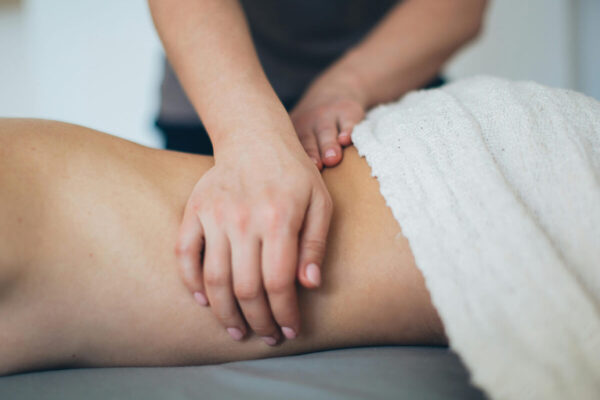5 Massage Techniques to Ease Back Pain
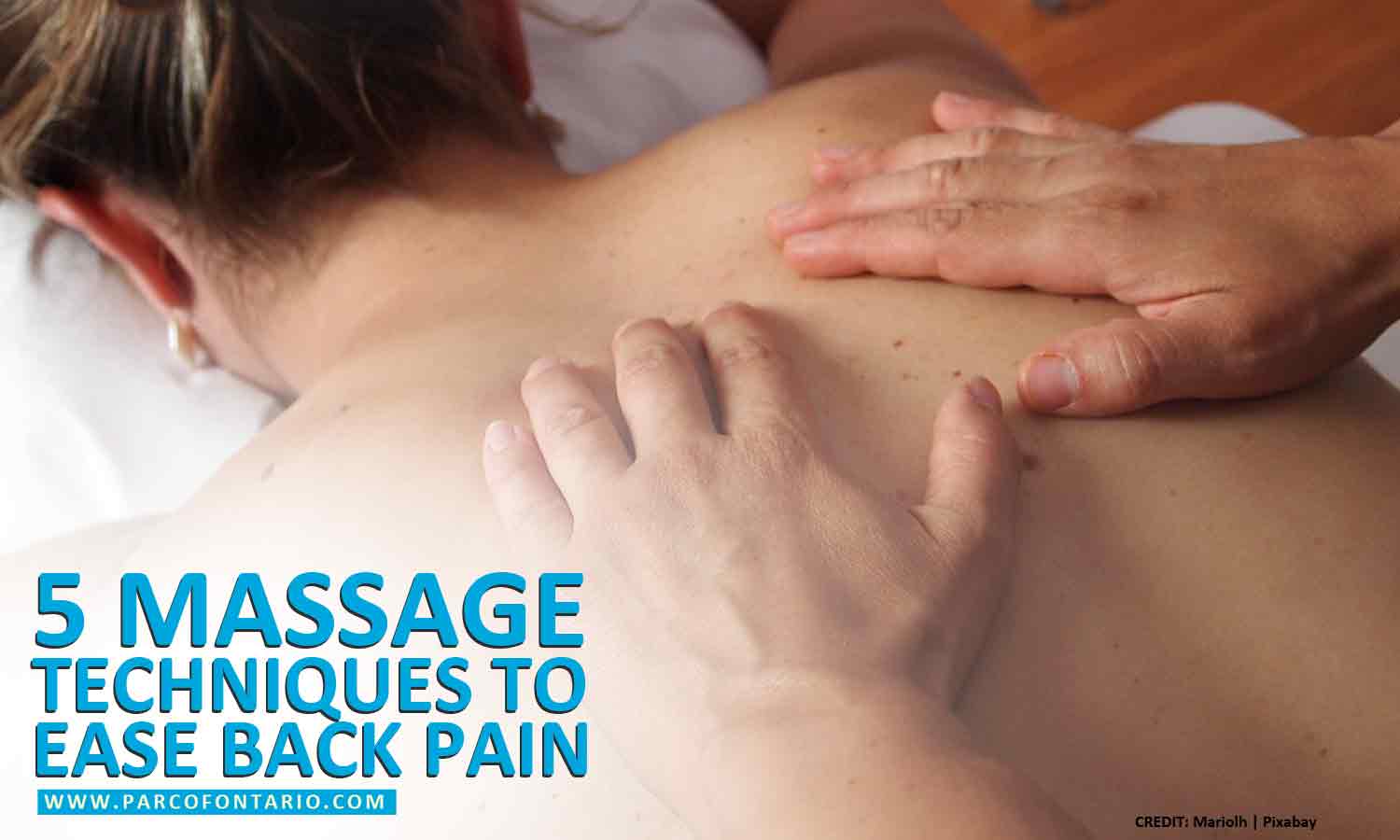
Back pain comprises about 40% of work absences. Since your back carries the most weight and physical stress, it can cause strain on the back muscles and ligaments supporting the spine. Back pain, tension, and stiffness can limit mobility and affect the quality of your life. Symptoms may last up to 6 weeks or less (acute) or as long as 3 months (chronic). In some cases, back pain can be described as “insufferable,” interfering with your daily social roles and activities as it can increase pain or cause further injury.
Although bed rest and application of heat or ice can help improve the symptoms, massage for back pain offers a better solution that helps relax your tired and sore muscles.
Do Massages Help Patients With Back Pain?
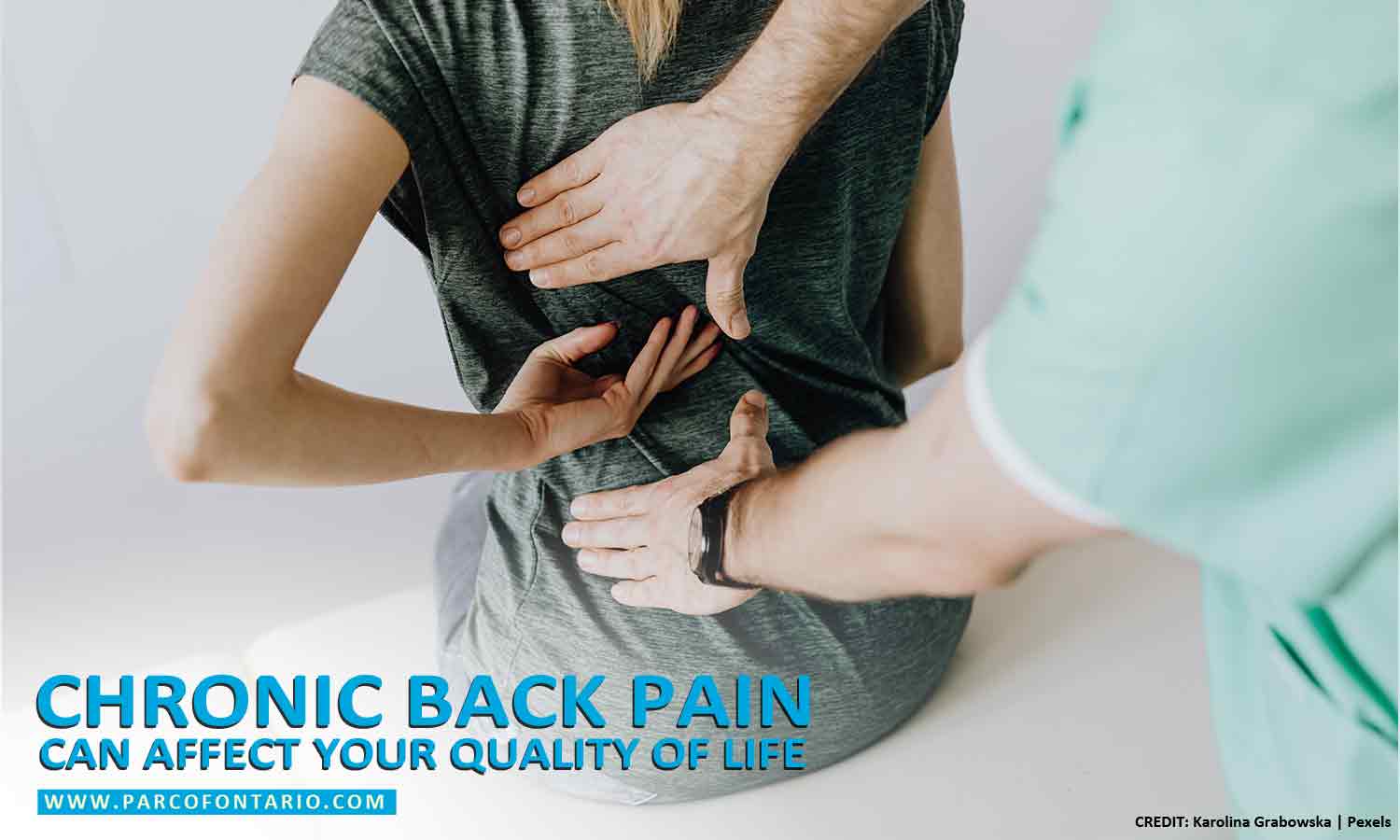
Recovering from a lower back pain flare-up could take several weeks to months. Although many people depend on conventional care, such as taking anti-inflammatory pain medications, getting physiotherapy treatment, and staying physically active, back pain massage therapy offers relief and relaxation.
Over the last few decades, massage has gained popularity as alternative care for people with back pain. When added to the mix of conventional back pain treatment, the magical and soothing touch of a professional massage therapist can promote substantial healing and pain relief to a painful back. By targeting the correct muscles, the pain, soreness, and tension can be controlled at their source. Healthcare professionals recognize back pain massage treatment as a safe and natural relief for lower back pain and effective aid to various pain treatments. Furthermore, healthcare providers even encourage back pain patients to seek massage therapy in addition to medical treatment.
Various pieces of evidence support the effectiveness of massage to the nonspecific chronic low back, showing its benefits in terms of improving symptoms and function.
Here are other several amazing health benefits of massage therapy:
- Counteract the Effects of Prolonged Sitting – Postural stress is a common problem in many people working in the office. More often than not, it manifests in the neck and shoulders. Desk workers sitting for long periods are more prone to advanced forms of postural stress characterized by painful and weak lower back and gluteal muscles. Getting regular massage therapy can prevent the imbalance caused by prolonged sitting.
- Alleviate Painful Muscles – Regular massage can effectively boost blood circulation. Blood flow helps deliver adequate oxygen and nutrients to the affected area.
- Improve Mental Health – Safe, gentle, and professional human touch provides therapeutic and relaxing effects. Breast cancer patients who receive massage therapy thrice a week have been reported to feel less depressed and less angry. Depressed and anxious patients also experience more relaxation and happiness, as well as reduced levels of stress.
- Improve Sleep – Getting a massage does not only promote a night of restful sleep but also helps those who cannot rest comfortably. It helps people undergoing chemo or radiation therapy feel more relaxed and well-rested every night.
- Boost Immunity – Massage is an effective way to increase your white blood cell count, which is crucial for protecting your body from harmful diseases.
Finding the Right Massage Therapy
Choosing the right massage therapy does not only help treat back pain but also relieve other painful musculoskeletal problems that contribute to body pain. Targeting the problematic areas can control the pain at its source.
Here are the 5 different massage techniques for back pain:
1. Swedish

When you think about getting a massage, the first thing that may come to your mind is the Swedish massage. This type of massage benefits relaxation and relief from cramped muscles. Swedish massage involves a variety of techniques, including:
- Effleurage – Characterized by long, sweeping strokes from the top to the bottom of the muscle.
- Petrissage – It involves rolling and kneading motion on the muscle. Pressure usually depends on the sensitivity of the client. This technique focuses more on the tense area of the back. The massage therapist begins the Swedish massage with a light petrissage and eventually increases the pressure to release muscle tension.
- Tapotement – This technique involves light and rhythmic tapping or drumming. The pressure and speed can be either relaxing or energizing.
- Friction – The massage therapist may apply deep pressure to the affected muscle to release tension.
Using gentle and expert strokes, Swedish massage therapists can provide relief from stress and sore, tense muscles to help patients feel rested and relaxed.
2. Deep Tissue Massage

Deep tissue massage is not for people who are looking for relaxation. This type of massage therapy involves the application of hard pressure into the sore muscles, pressing deeply through the muscles to the bone as possible. It allows the release of scar tissue and helps relax tightly knotted muscles that cause chronic neck and upper back pain.
Make sure to talk to your massage therapist before getting a deep tissue massage. While it does not promote relaxation, you should not experience extreme pain during the release of knotted muscles. However, professional deep tissue therapists can adjust the level of pressure at your request. It usually starts with light strokes and eventually going deeply over the course of the massage. After the session, you will experience muscle soreness for several days. Indulging in a warm bath with Epsom salts can help alleviate the soreness.
3. Trigger Point
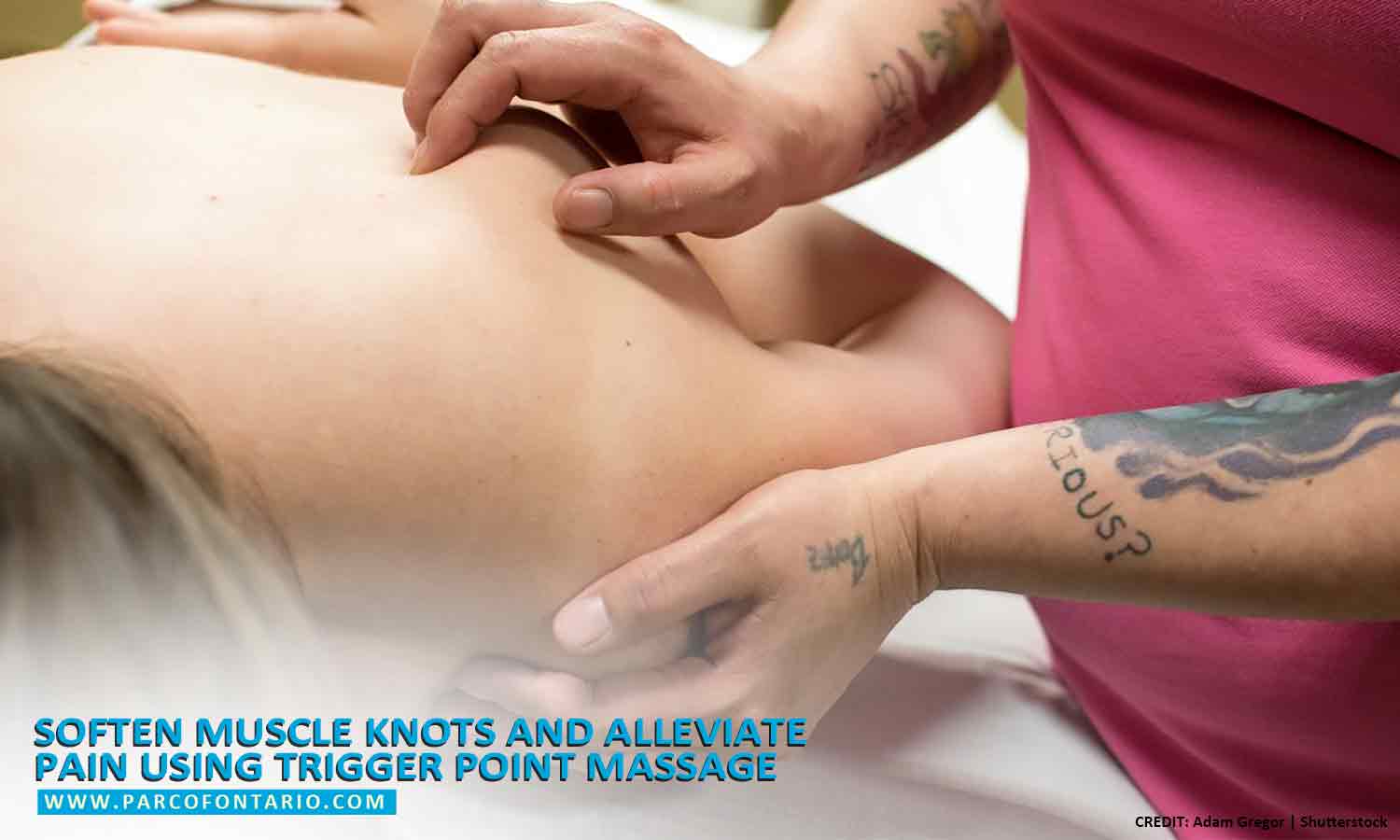
The techniques used in trigger point massage are similar to deep tissue massage. Its goal is to pinpoint and release a tight point within the strained muscles or the trigger point. Trigger points can cause pain in other body parts. For instance, if you have a trigger point in your back and neck, it can result in a migraine or pain that radiates down the legs.
Although this technique does not work on the entire muscle length, it focuses on releasing the specific trigger point to relieve muscle pain and tension. The therapist will use deep pressure strokes to the trigger point and then release it repeatedly until it loosens the trigger point.
4. Myofascial Massage
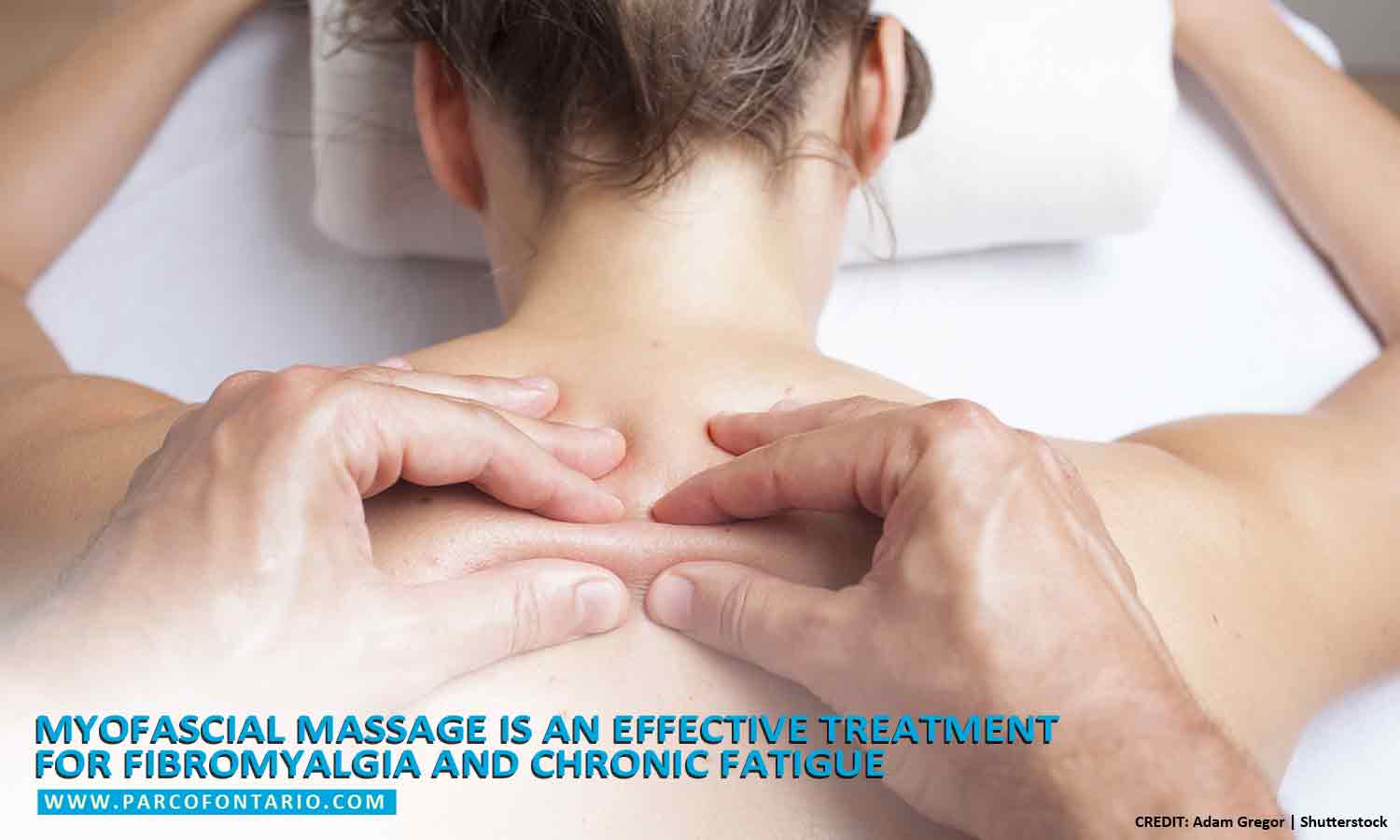
Similar to trigger point massage, but the massage therapist targets the fascial trigger points to help relieve muscle pain throughout the body, including the back. Since the fascia are thin layers of connective tissues that connect and cover all the muscles in the body, myofascial massage concentrates on a wider expanse of muscles all over the body. This technique will start with gentle strokes all over the body, feeling muscle tension spots in the fascia. After identifying tight spots, the therapists will increase the pressure to slowly release the trigger points in the fascia. The myofascial massage can also effectively relieve fibromyalgia and chronic fatigue syndrome.
5. Sports Massage

Sports massage therapy provides relief to people suffering from sports-related injuries. In addition to relieving pain, anxiety, and muscle tension, sports massage also helps boost your athletic flexibility and performance. Sports massage can be a full-body massage or focuses on specific parts of the body. The therapist may use either deep pressure or soothing strokes depending on your needs or preference.
If you have been suffering chronic back pain for too long, find a professional massage therapist in Whitby. The Physiotherapy and Rehabilitation Centres (PARC) of Ontario employs highly trained and licensed massage therapists who can address and treat painful back pain conditions.
Endure pain no more! Call us today at any clinics nearest you to book an appointment:
- Whitby Physiotherapy & Rehabilitation Centre: (905) 430-2112
- Oshawa Physiotherapy and Rehabilitation Centre: (905) 579-9938
- Ajax Rehabilitation Centre: (905) 686-9081
- Scarborough Physiotherapy & Rehabilitation Centre: (416) 430-0314
- Mississauga Active Physiotherapy Services: (905) 897-2092
- Bowmanville Orthopaedic and Physiotherapy Centre: (905) 419-5590
